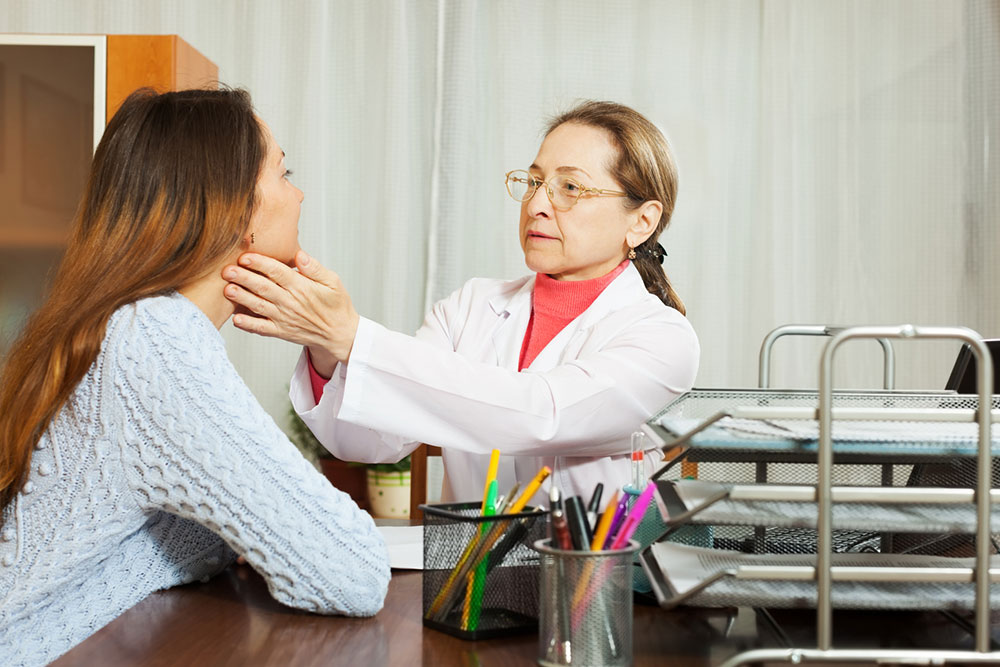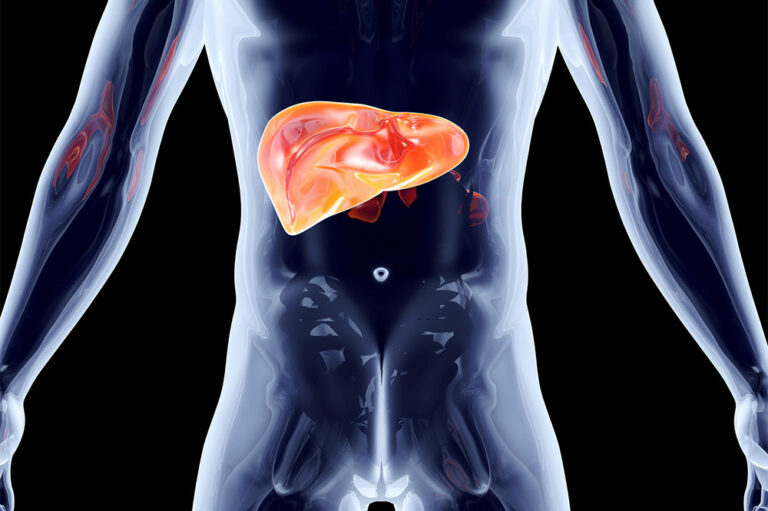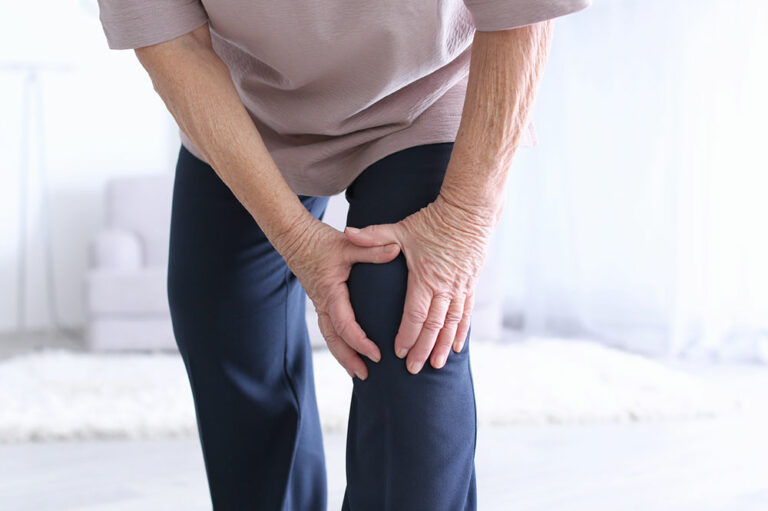
Common early warning signs of lymphoma
Lymphoma is a type of cancer affecting the body’s lymph system. This system comprises organs and tissues that help maintain good health and fight infections. Lymph nodes are essential organs of the lymph system affected by the condition. These nodes hold special white blood cells, which keep immunity strong. There are two types of lymphoma, and the symptoms vary according to the type. Here are some early signs and symptoms to never ignore.
Swollen or enlarged lymph nodes
Both types of lymphoma, Hodgkin and non-Hodgkin, trigger a common symptom: swollen or enlarged lymph nodes. Lymph nodes circulate lymph fluid to the entire body. This fluid contains immune cells crucial in keeping one healthy and performing other vital functions.
There are around 600 lymph nodes in the body, which can get swollen or enlarged with lymphoma. However, the lymph nodes in the underarm area, above the collarbone, in the groin region, and at the side of the neck are often affected when someone develops the condition.
Although lymph node swelling is an essential sign of lymphoma, it may sometimes be associated with another non-cancerous infection. Hence, individuals must consult a healthcare professional for a diagnosis before jumping to conclusions.
The other symptoms of lymphoma can vary depending on the type and location of the cancer. A few examples include the following:
Chest-related symptoms
Signs of lymphoma in the chest include coughing, chest pressure or pain, trouble breathing, and shortness of breath. These signs can occur when lymphoma presses on the superior vena cava, a large vein in the upper chest area.
Abdomen-related symptoms
When lymphoma affects the stomach region, the early signs and symptoms may include a loss of appetite, vomiting or nausea, and abdominal swelling or pain. Moreover, patients may feel full even after eating small amounts of food.
Brain-related symptoms
The brain-related symptoms can vary from person to person. Generally, one may experience headaches, trouble thinking, facial numbness, trouble speaking, double vision, personality changes, and seizures. Patients may also experience neurological symptoms when lymphoma affects the brain.
Skin-related symptoms
People can experience itchy skin, rashes, and purple or red bumps and lumps under the skin.
Besides the above, one may experience easy bleeding or bruising, fatigue, fever, chills and sweating, and frequent or severe infections. These signs and symptoms are said to occur in patients with non-Hodgkin lymphoma.
B symptoms
After studying all the signs of lymphoma, doctors have grouped some of them and labeled them “B symptoms.” This classification makes it easier for physicians to make a diagnosis and recommend a suitable treatment. B symptoms include drenching night sweats, which can be so extreme that one has to change into dry clothes and even use new bed sheets because they get soaking wet. Another symptom in this category is fever.
Individuals who experience these symptoms should visit a healthcare professional immediately. Experts can evaluate the patient to determine the cause and recommend a suitable treatment. The earlier lymphoma is identified, the better it can be managed in the long term.












